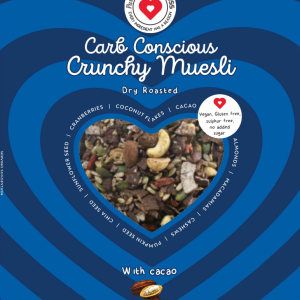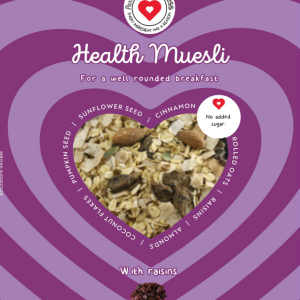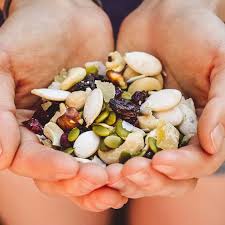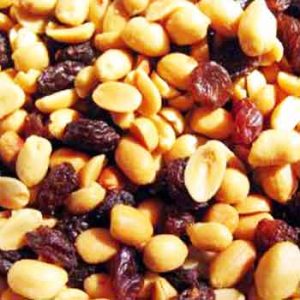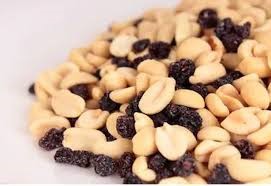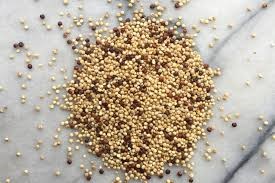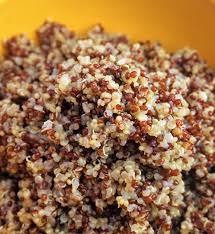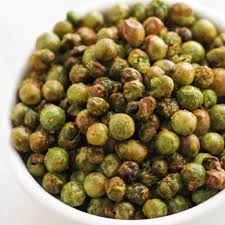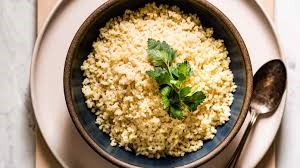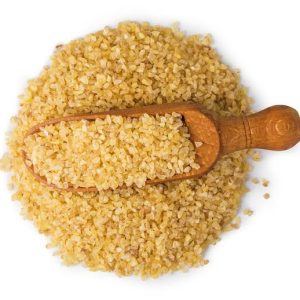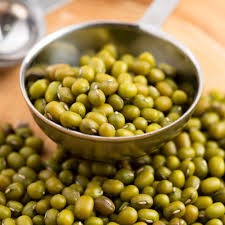Showing 13–24 of 29 results
-
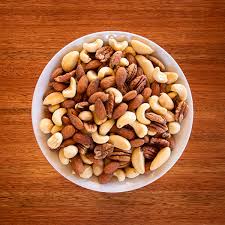
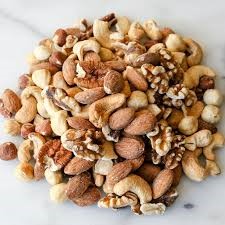 Select options This product has multiple variants. The options may be chosen on the product page
Select options This product has multiple variants. The options may be chosen on the product pageMixed Nuts & Peanuts Roasted Salted (ACMP)
R50 – R228.85Price range: R50 through R228.850 out of 5Nutritional value per 100g
- Energy 2545kJ
- Fat 51g
- of which Saturates 8.1g
- Carbohydrate 5.6g
- of which Sugars 5.1g
- Fibre 8.5g
- Protein 30g
- Salt 1.2g
Ingredients:
Almonds, Brazil’s, Cashews, Macadamia and Peanuts.Select options This product has multiple variants. The options may be chosen on the product page Quick View -
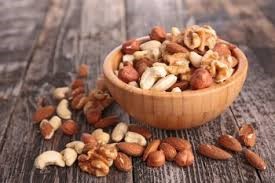
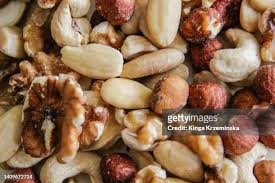 Select options This product has multiple variants. The options may be chosen on the product page
Select options This product has multiple variants. The options may be chosen on the product pageMixed Nuts with Peanuts Tub (150g)
R500 out of 5Nutritional Value per 100g:
- Carbohydrates 18.3g
- Protein 15.0g
- Energy 2678.8kj
- Fat 61.4g
- Fiber 61.4g
Ingredients:
Almonds, Brazil’s, Cashews, Macadamia and Peanuts.
Select options This product has multiple variants. The options may be chosen on the product page Quick View -
Muesli Carb Conscious with Cacao (350g)
R850 out of 5Nutritional Information:
- Energy 2346.0 KJ
- Protein 14.8 g
- Sugar 19.0g
- Carbohydrates 24.2g
- Saturated fat 21.0g
- Monounsaturated 15.0 g
- Polyunsaturated 7.0 g
- Cholesterol 0.0 mg
- Dietary fibre 9.5 g
- Sodium 29.0 mg
Ingredients: Cashews, Macadamia, Flaked Almonds, Almonds Natural, Cranberries, Sunflower Seeds, Coconut Flakes, Chia Seeds and Cacao.
-
Muesli with Raisins (350g)
R850 out of 5Nutritional Value per 100g:Energy 1811kJProtein 11.5gCarbohydrates 60gOf Which Total Sugar is 14.5g -
Munch Pack (Trail Mix) Tub (150g)
R350 out of 5Nutritional Values per 100g:
- Fats 6g
- Sodium 260mg
- Fiber 1g
- Protein 3g
- Calories 167
Ingredients: Sunflower Seeds, Raw Peanuts, Pumpkin Seeds, Raisins
Allergin:
Tree Nuts & Peanuts -
Peanuts with Raisins (Roasted & Salted) Tub (150g)
R300 out of 5Nutritional Value per 100g:
Carbohydrates 44.5g
Protein 15.6g
Energy 2197.3kj
Fat 314.9g
Dietary Fiber 6.3g
Sugar 28.8gIngredients:
Peanuts & Raisins, Salt, Palm Oil.
-
Quinoa Red and White Tub (200g)
0 out of 5R45Original price was: R45.R40Current price is: R40.Nutritional Info per 100g:
Carbohydrates 64 g
Protein 14 g
Energy 1540 kj
Fat 6 g
Dietary Fiber 7 gQuinoa contains many plant compounds that contribute to its flavour and health effects, including:
Saponin: These plant glycosides protect quinoa seeds against insects and other threats. They’re bitter and usually eliminated by soaking, washing, or roasting before cooking.
Quercetin: This powerful polyphenol antioxidant may help protect against various illnesses, such as heart disease, osteoporosis, and certain forms of cancer.
Kaempferol: This polyphenol antioxidant may reduce your risk of chronic diseases, including cancer.
Squalene: This precursor of steroids also acts as an antioxidant in your body.
Phytic acid: This antinutrient reduces the absorption of minerals, such as iron and zinc. Phytic acid can be reduced by soaking or sprouting quinoa before cooking.
Oxalates: They may bind with calcium, reduce its uptake, and increase the risk of kidney stone formation in sensitive individuals. Bitter quinoa varieties are richer in antioxidants than sweeter types, but both are good sources of antioxidants and minerals.Directions for use:
Use 3/4 cups water for every cup of quinoa. Any more water, the quinoa gets mushy. Any less, and it’s too dry. Combine the quinoa and water in a medium pot. Bring to a boil, cover, and reduce the heat. Simmer for 15 minutes. Remove the pot from the heat and let it sit, covered, for 10 minutes more. Then, remove the lid and fluff with a fork.
-
Roasted Chickpeas (Salted) Tub (100g)
R500 out of 5Nutritional Values per 100g
- Energy (kJ / kCal): 1583 kJ / 378 kCal
- Protein: 21.5 g
- Glycemic Carbohydrate: 41 g
- Total sugar: 2.2 g
- Total Fat: 9.5 g
- Saturated fat: 4.6 g
- Cholesterol: <5 mg
- Dietary Fiber: 20.5 g
- Sodium: 810 mg
- Fat: 14 g
Ingredients:
Chickpeas, Pure refined vegetable oil (palm fruit and/or maize germ or sunflower seed), anti-oxidant (TBHQ), Sugar, Salt, Maize flour, Acid(E262), Vegetable powder (Onion, Garlic), Potassium Chloride, Flavour enhancer (E621), Artificial Sweetener (E952), Spices & Spice extracts, Anti-caking agent(E551), Hydrolysed vegetable protein (Soy), Flavouring, Sunflower oil, Flavour enhancer(E635), TBHQ(E319).
Allergins:
Tree Nuts & Peanuts -
Roasted Corn (Chutney) Tub (100g)
R350 out of 5Nutritional Values per 100g
- Energy – 1763.0 g
- Protein – 9.2 g
- Sugar – 0.0g
- Carbohydrates – 77.0g
- Dietary Fiber – 14.7g
- Sodium – 0.3mg
Ingredients :
Maize, Refined Vegetable Oil with Antioxidants, Salt, Maize Flour, Acidifying Agents (E262, E330), Maltodextrin, Monosodium Glutamate, Vegetable powder, herbs & spices, extracts of herbs & spices, permitted colourants, Vegetable Oil, Fruit Powder, Anti-caking Agent (E551), Non-nutritive sweetener, Permitted flavourings, Dextrose, Flavor enhancer (nucleotides) E631, E627).Allergies:
- Tree Nuts & peanuts
-
Roasted Green Peas Tub (100g)
R350 out of 5Nutritional Values per 100g
- Energy 1916 KJ
- Protein 8 g
- Carbohydrates 44 g
- Dietary Fiber 30 g
- Fat 14 g
Ingredients: Green Peas, Vegetable Oil, Salt, Red Chili Powder, Food Coloring (E133)
Allergens: Tree Nuts & peanuts
-
Short-Dated Bulgar Wheat (1kg)
0 out of 5R65Original price was: R65.R35Current price is: R35.Nutritional Value per 100g:
Calories: 76
Fiber: 4g
Protein: 3g
Sodium: 5 milligrams
Fat: 0g
Cholesterol: 0g
Carbohydrates: 17g
Sugar: 0g -
Short-Dated Dholl/Mung Green Peas (1kg)
0 out of 5R65Original price was: R65.R40Current price is: R40.Nutritional Value per 100g:
% Daily Value*- Calories 81
- Total Fat 0.4g 0%
- Saturated fat 0.1g 0%
- Cholesterol 0 mg 0%
- Sodium 5mg 0%
- Potassium 244mg 6%
- Total Carbohydrate 14g 4%
- Dietary fiber 5g 20%
- Sugar 6g
- Protein 5g 10%
- Vitamin C 66%
- Calcium 2%
- Iron 8%
- Vitamin D 0%
- Vitamin B6 10%
- Cobalamin 0%
- Magnesium 8%
End of content
End of content
© Copyright – Arukah Health. All rights reserved

